TW Interview by Donna Tallent
Why "Ugly Art" Is So Important
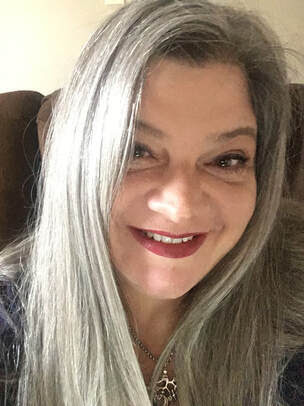 Interviewer's Note: When I first took a moment to examine freelance illustrator and 2021 Fashion Illustration and Drawing Awards winner Betty Southerland's cabaret watercolor portrait, it was not only the color composition, but also the pose and the classical style of the work that fully drew me in. As a self-proclaimed "rebelliously human artist," Southerland works in many different materials, challenges herself to create at least one artwork per week, and credits following her intuition as the guiding force in all of her work. I was thrilled that she was willing to share a bit of insight into her creative process with me. The interview was conducted via email in April 2020. I emailed her a list of questions and she responded with her answers. It was then lightly edited for content and clarity and posted on my author website. Southerland's work was most recently featured at the National Arts Club in New York, NY at the benefit fundraiser, "In Celebration of Halston at 90" in April 2022.
Interviewer's Note: When I first took a moment to examine freelance illustrator and 2021 Fashion Illustration and Drawing Awards winner Betty Southerland's cabaret watercolor portrait, it was not only the color composition, but also the pose and the classical style of the work that fully drew me in. As a self-proclaimed "rebelliously human artist," Southerland works in many different materials, challenges herself to create at least one artwork per week, and credits following her intuition as the guiding force in all of her work. I was thrilled that she was willing to share a bit of insight into her creative process with me. The interview was conducted via email in April 2020. I emailed her a list of questions and she responded with her answers. It was then lightly edited for content and clarity and posted on my author website. Southerland's work was most recently featured at the National Arts Club in New York, NY at the benefit fundraiser, "In Celebration of Halston at 90" in April 2022.
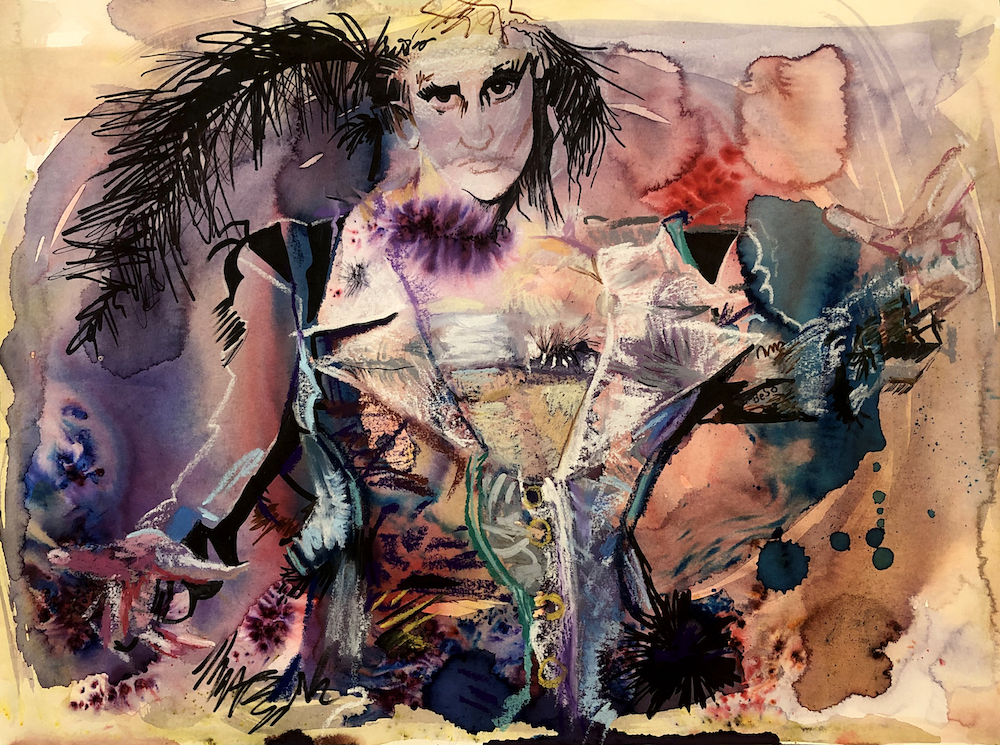
It takes a massive amount of will and self-determination to spend so much time and resources on something that isn’t very much appreciated in a world that wants to put a dollar sign on everything, so I have learned to be very protective of my free time so that I can focus on the work that matters to me.
TW: If someone asked you to describe your artist self, what are the first words that come to mind? Because you practice several different disciplines (including graphic design), does this description change depending on with whom you’re talking? If so, why do you think that is the case?
BS: If all of the paintings I’ve completed in the past six years or so are viewed in a certain way, the story of me is told in a detail that I have very few words to describe. I would ask folks to look at my work closely and from different perspectives; some of the paintings look repulsive on the surface, but if you stick with it, you will be surprised. My life has been that way: scary on the surface but deep and fulfilling beneath the façade. Suffering can be transformative. It’s no accident that freedom and transformation are recurring themes in my work. I don’t speak much in my daily life; words often fail me, and I find them limiting. I trust my instincts, and I am curious and experimental. Most of what I have done over the past six years was done as “practice,” which allowed me freedom to enjoy making work without worrying about whether or not someone else will like, buy, or approve of it. I do a lot of photo studies because they allow me to enjoy the act of creating without thinking.
I have always been drawn to art and have known since I was four that it was what I wanted to do forever, although I was told throughout my life that artists don’t make money. This was frightening to me, having grown up in poverty and been homeless as a teen. In order to survive in this world, without the usual forms of support and a limited education, I was guided into graphic design as a career. For thirty years, these skills have provided for me. I have had fun working with other designers/creatives and consider myself very lucky to have a job that allows me to be somewhat creative and use technology in novel ways. I am always grateful for the opportunities but also felt like my own artistic voice was frequently lost in deadlines, client briefs, and demands. This is why it became important to start making art of my own that had no purpose other than to be created. Self-support through my day job as a graphic designer and illustrator affords me the money to buy the necessities and an assortment of art supplies but not always unlimited free time to create. It is a balancing act that all artists face. It takes a massive amount of will and self-determination to spend so much time and resources on something that isn’t very much appreciated in a world that wants to put a dollar sign on everything, so I have learned to be very protective of my free time so that I can focus on the work that matters to me. I find that compartmentalizing the types of art I do for others helps me set boundaries on what I will or won’t do for money. If I can manage to stick to those boundaries, I make space to create what I want.
TW: Yes! Let’s talk more about that: the product, the process, and how the act of creation is fulfilling for you.
BS: I enjoy the process of making art more than I enjoy having a finished product, although there is always an excitement in finishing a painting, mainly because I get to start a new one. I find, however, that the finished pieces feel familial to me, and I enjoy having them around, although I am not so deeply attached that I can’t let them go when the time is right. The pleasure is all in the making. I trust my instincts when “rehoming” my paintings. When it comes to making art for others, I do want to ultimately share it and am inspired by the idea of secretly gifting folks with a little surprise or an unexpected magic moment in a painting. It thrills me to think of someone owning one of my paintings and one day catching something out of the blue that they never noticed before. It’s even more fun when I get to see the recognition on their faces when they see a hidden element. I like learning new things. The discovery of new techniques, processes, and materials is what makes art fun and fulfills a part of me that felt empty for much of my life. In the past, I filled that hole with food or relationships, trusting others’ opinions over my own intuition, until I discovered that I really just needed to express myself with art.
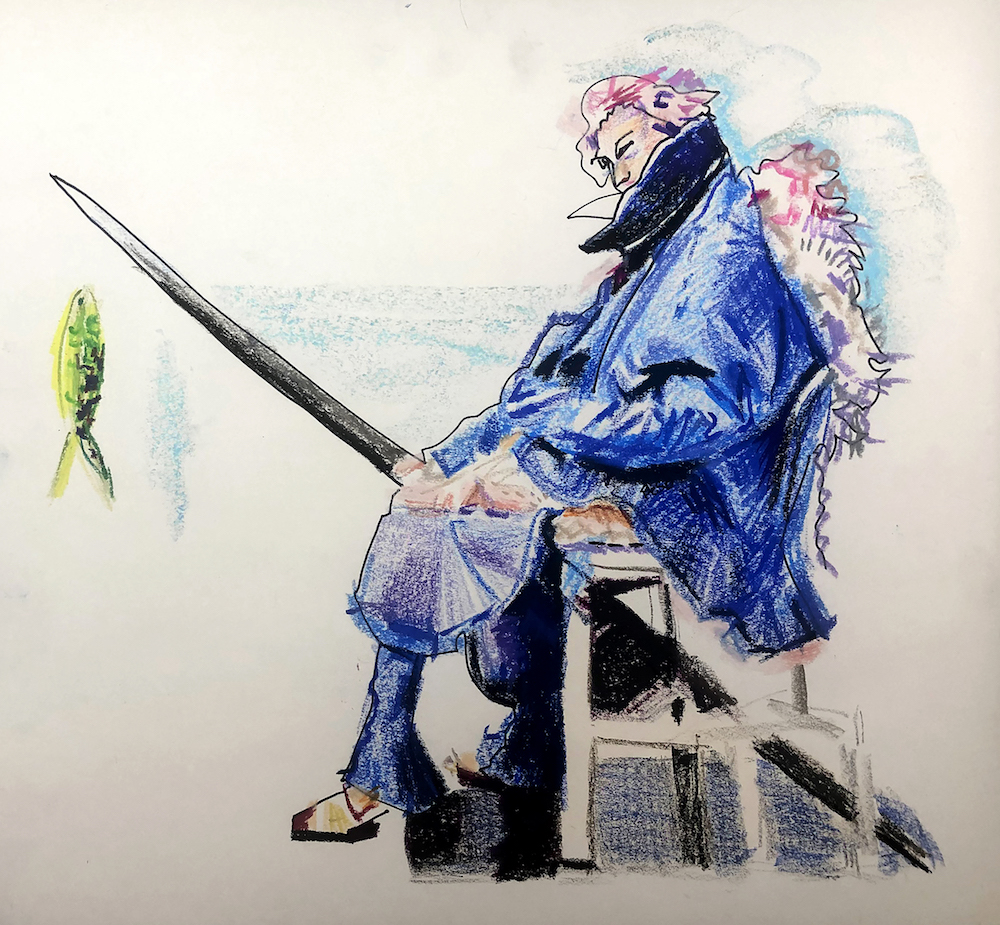
TW: How did you find your way to art?
BS: For several decades, I had been involved with graphic design but hadn’t worked on my own (non-money-making) projects. For about 20 years, I didn’t do much art at all. In the past, I felt overwhelmed with work and home and believed I never had much time for self-expression. This became a detriment to my spirit and literally made me sick. There was always an excuse for why I couldn’t paint/draw. I had many people around me giving me vocal support, but what I needed was to give myself time, space, and permission to create. As a young woman, I focused on what I felt the world expected of me and told myself, “There’s plenty of time for all that later”—yet finding that there never was. After giving so much of myself away, my soul didn’t have the energy to create, it seemed. I was also afraid to share my work and felt that it had to be perfect before I could show it. After a car wreck that left me in a wheelchair for about nine months, I noticed that my old ways of being and relating to the world stopped working. My life changed completely, and I knew without a doubt that I must make art. Not long after that, I became a single mother and realized how much time I had actually squandered. This began a period of realignment and psychic transformation that unfolded over several years. Every excuse I had crumbled when I realized I didn’t have to worry about who liked my work or how to sell it or what happened to it in the end—I just had to make it. So I set about reorganizing my life to make it a priority while my intuitive voice said over and over, “Just make art.”
I set up little art stations all over my house so that I could work on projects for a few minutes at a time if needed. I gave myself no limits and set a goal of using all the art supplies I had ever purchased, which, at the time, were sitting in boxes gathering dust. In this way, I was able to hone in on materials and medium preferences, settling mostly on a love of painting, although I prefer not to limit myself to medium, subject, or style.
I also started saying yes to every creative opportunity that felt good, especially the scary ones, like painting live, which I now really enjoy. I watched my creative friends and learned how they made time for art: They stole their time back from the things that didn’t matter. I took materials with me when I left the house, and every moment I had to wait for something became a moment when I could sketch or paint. I streamlined my relationships and activities to include only the people, things, and events that served my soul. And I started posting everything online. This part was hard at first—there are some real tragedies of skill in my Facebook feed—but it was important that I get over myself and just make and share the art. Now, I have the courage to create without caring much what others think of me.
TW: I once had a teacher say to me, “Art is a rebellious act.” Do you agree with this statement? If so, how do you use your art in a rebellious and/or political way (both the creation and sharing of it)?
BS: YES! I think of happiness and joy as the ultimate rebellious act. Art makes joy, and joy makes art for me. This is why I encourage everyone who tells me they love art (usually followed by a bunch of “buts,” like, “but I can’t even draw stick figures!”) to go home and make a bunch of ugly art as soon as possible. In our society, it seems that it is almost expected of us to be miserable and full of doubt. I always felt like I wasn’t allowed to do anything that didn’t make money in the end, but I eventually found that if I do the things that make me happy, art is either the springboard or the result. I have discovered it’s important for me to make art especially when I don’t feel like it. My feelings will be settled in the process of creating.
TW: What was the first piece of art on which you laid eyes that evoked strong feelings for you?
BS: In the second grade, I went on a school field trip to a museum, and it was the first time I’d seen Old Master works. I can’t recall an exact painting that moved me the most, but I was awed by all of them; I had no idea that that sort of art was possible, and I think I have always believed deep down that if someone else can do it, so can I. Realism became very interesting to me as a result. I also remember one pretty gruesome piece. The guide had us sit on the floor as she explained it, but I wasn’t really listening. Back then, I couldn’t understand why someone would want to paint such a scary thing, although now I understand. As an adult, I remember being wowed by Frida Kahlo in the 1980s and reading everything about her life. And I definitely remember the first time I was able to see and understand a Mark Rothko painting, which cracked my heart right open.
TW: As an artist, where—or from whom—do you draw your strength?
BS: I practice meditation, and, when I can manage to settle myself down and be still, I am quickly reminded that everything I ever need to know is already within and flowing around and through me. Making art is actually the easiest form of meditation for me. In that flow, I am reminded that I can’t make a mistake because there are no mistakes—and even if there are, it doesn’t matter. All that matters is love, and love is more powerful than anything else. I am very happy to be able to see all the love around me most of the time. When I forget this or have trouble calming my mind, my son, my sisters and their families, my friends, animals, and nature remind me. I feel really grateful for that.
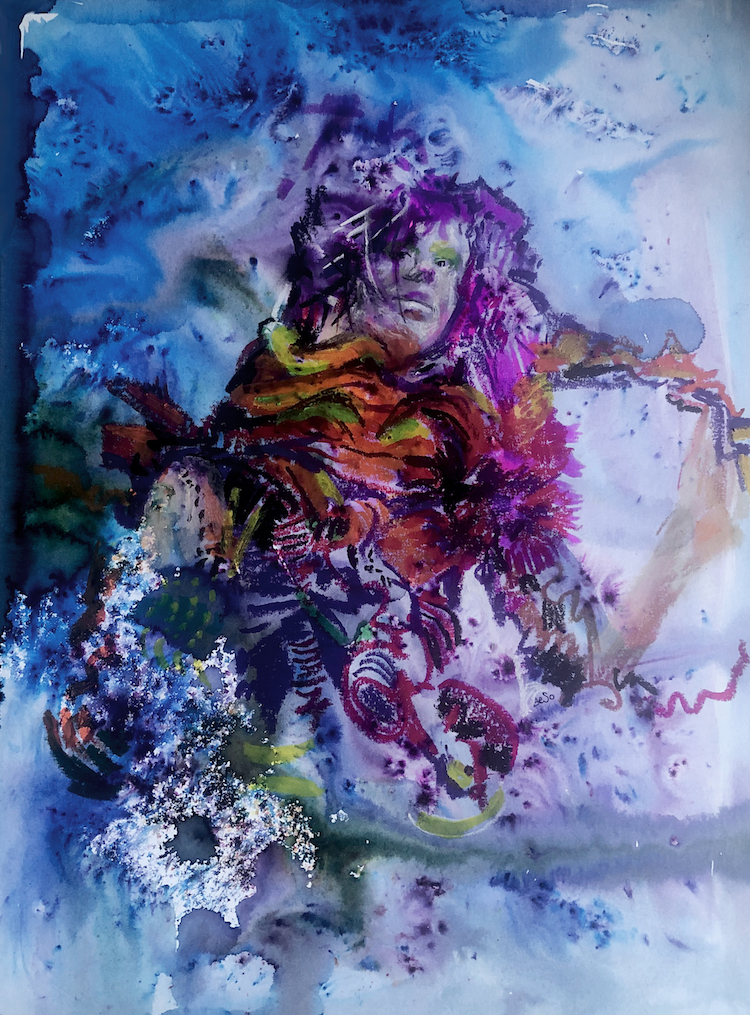
This interview was originally published on April 20, 2020 on Donna Tallent's website.
Art Information
- “Zita Tan 2,” “Sólveig Hansdóttir 1,” and “Gregory Ojakpe Revisit” © Betty Southerland; used by permission.
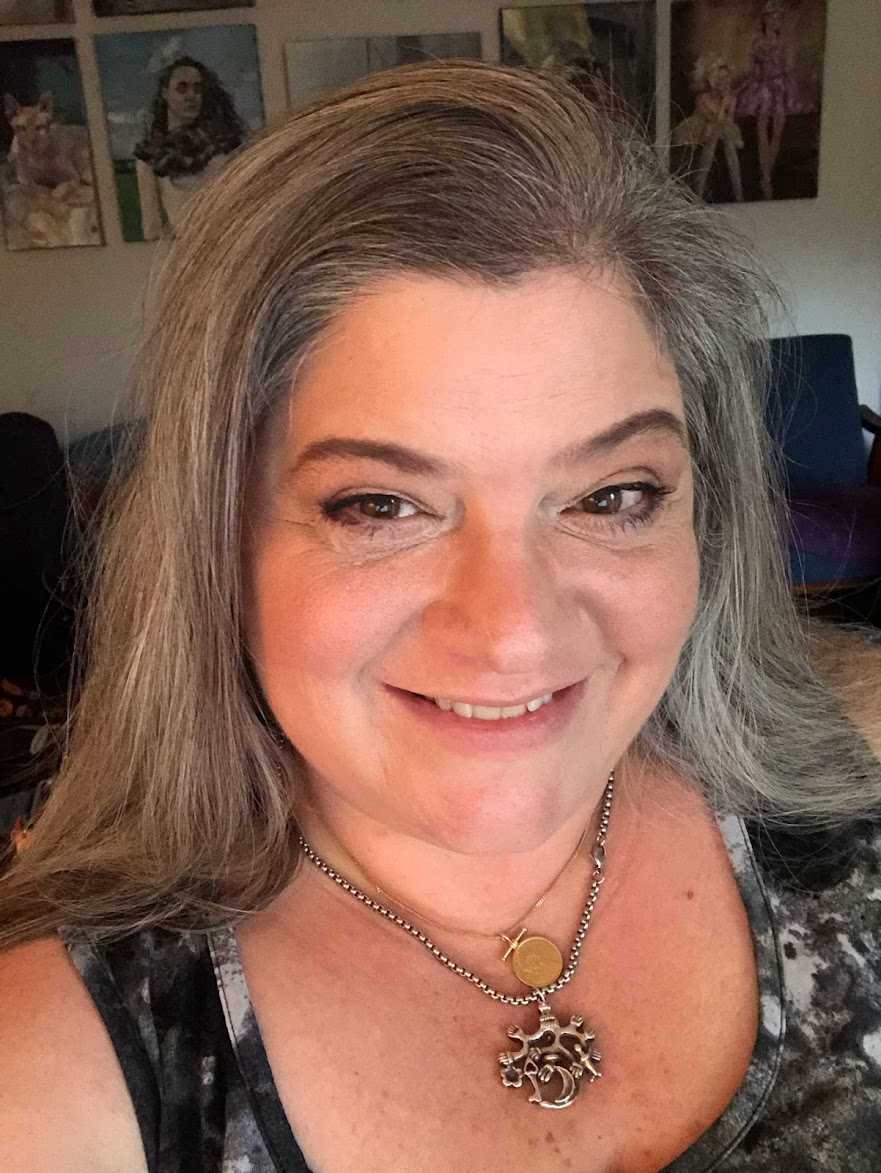 Betty Southerland is a rebelliously-human artist who makes paintings, drawings, sculpture and mixed-media works exploring the human experience. Mostly self-taught, Betty has enjoyed a fulfilling career in graphic design and illustration for a variety of industries and nonprofits while independently studying and practicing art. In 2014, she began painting consistently, studying realism, and creating work as an emerging figurative expressionist and portrait artist using oils, watercolors, pastels and more. She is a Saatchi contributor and a FIDA Member. Her work appears in 500 Tangled Artworks and a variety of publications. Her fashion illustration work won the FIDA 4th Classical Award in 2021.
Betty Southerland is a rebelliously-human artist who makes paintings, drawings, sculpture and mixed-media works exploring the human experience. Mostly self-taught, Betty has enjoyed a fulfilling career in graphic design and illustration for a variety of industries and nonprofits while independently studying and practicing art. In 2014, she began painting consistently, studying realism, and creating work as an emerging figurative expressionist and portrait artist using oils, watercolors, pastels and more. She is a Saatchi contributor and a FIDA Member. Her work appears in 500 Tangled Artworks and a variety of publications. Her fashion illustration work won the FIDA 4th Classical Award in 2021.
For more information, visit Betty Southerland's website or follow her on Instagram @besoart444.
• • •
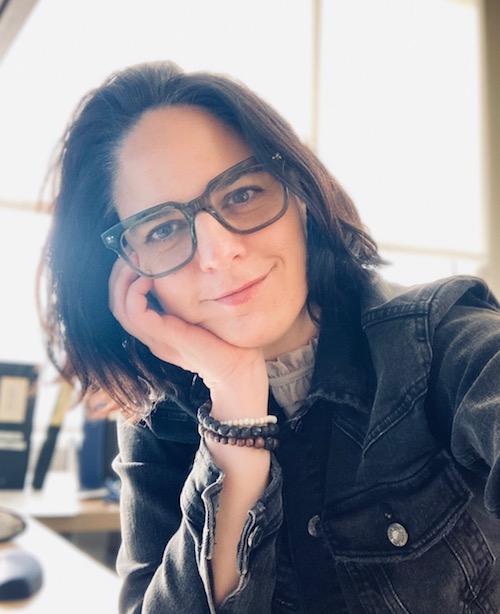 Donna Tallent has interviewed writers and artists for the Southern Review of Books, The Rumpus, and her own website. Donna's creative nonfiction appears in the Michigan Quarterly Review and The Rumpus. She is a freelance editor, a meditation teacher, and is slowly making progress on a poetry collection focused on themes of sound, movement, and memory.
Donna Tallent has interviewed writers and artists for the Southern Review of Books, The Rumpus, and her own website. Donna's creative nonfiction appears in the Michigan Quarterly Review and The Rumpus. She is a freelance editor, a meditation teacher, and is slowly making progress on a poetry collection focused on themes of sound, movement, and memory.
For more information, visit Donna Tallent's website.
